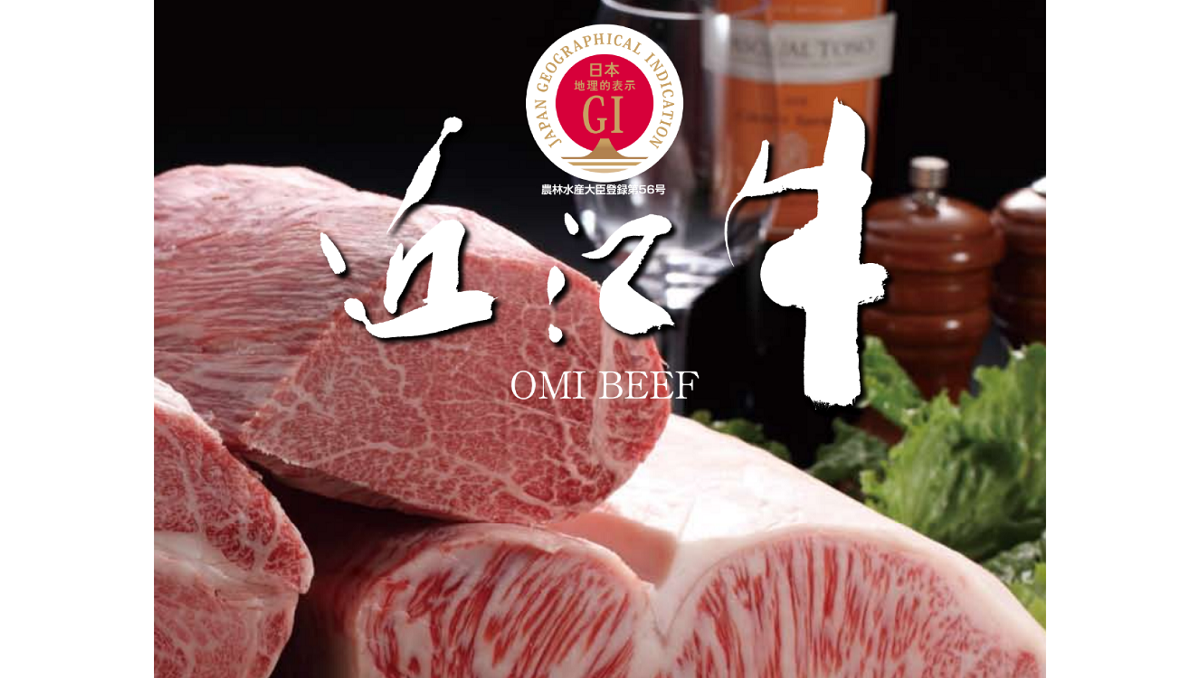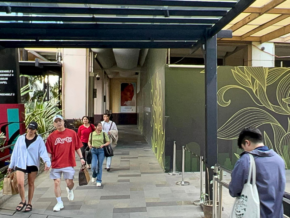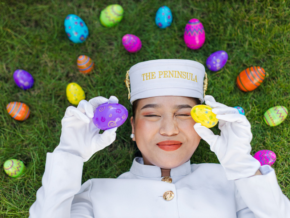A taste of Japanese Sake: Hakkaisan Sake Tasting
High quality sake is hard to come by, but thanks to the partnership between Hakkaisan Brewery and Philippine Wine Merchants (PWM), expats and locals alike can experience one of the best sakes from the land of the Rising Sun.
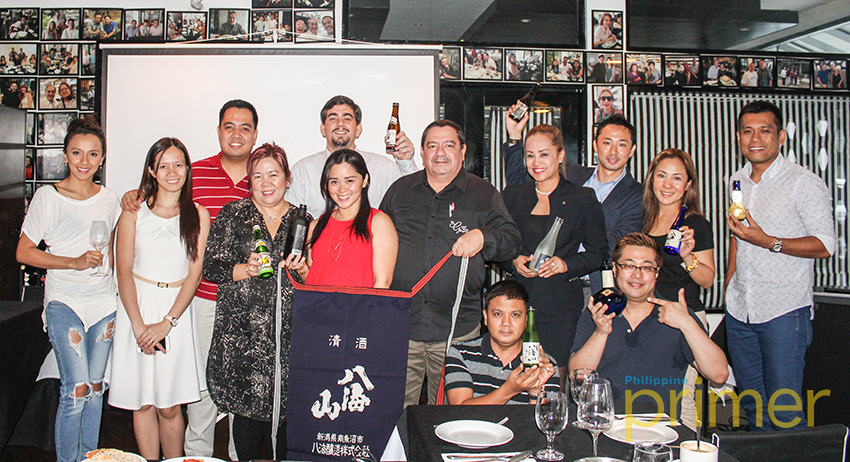
THE SAKE-TASTING CREW. It might as well have been a wine tasting event, as Hakkaisan Sake can be placed on the same level as wine.
A sake tasting event was held on Friday, June 3, at One Way Restaurant in Makati City to introduce Hakkaisan Sake to the Philippines. Nine kinds of sake were served, seven of which will be distributed in the country by PWM.
What makes good sake?
Sake is composed of four ingredients: water, yeast, sake rice, and koji rice. To make the best sake you’ll ever have, Hakkaisan only uses the best of each, and prioritizes quality over quantity.
They take fresh spring water from Mt. Hakkai and use it throughout the sake-making process. The rice they use is of the best quality, sourced from different parts of Japan. They also use handmade koji, a fungus that converts starch from sake rice to sugars that aid in the fermentation process.
They only produce sake in small (3 tons, small when compared to 15-30 tons for other brewers) batches to make hand stirring possible. They also use lower heat than and have a slower fermentation process to get their signature tanrei karakuchi flavor.
Combining all of these brings out the best Niigata-style sake you can get: a clean, crisp sake that goes great with all kinds of food and is loved the world over.
Types of sake
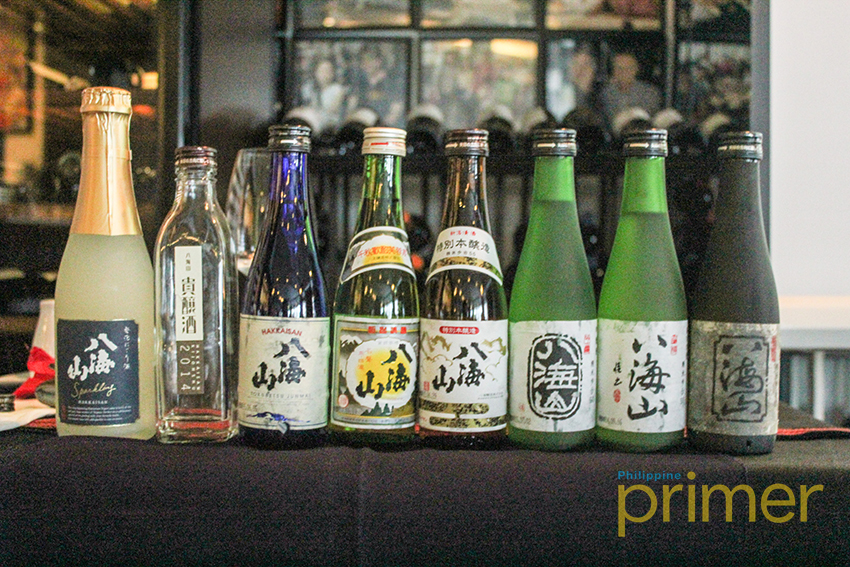
THE ELITE EIGHT. The best of Hakkaisan Sake, from left to right: Sparkling Nigori, Kijoshu (not sold in the Philippines), Tokubetsu Junmai, Futsushu, Honjozo, Ginjo, Junmai Ginjo, and Daiginjo.
There are two categories of sake: junmai or pure rice, and fortified. The main difference between the two is the addition of distilled alcohol in fortified sake. For Hakkaisan, they let invited guests at One Way Restaurant taste several kinds of sake: Futsushu, Honjozo, Tokubetsu Junmai, Ginjo, Junmai Ginjo, Daiginjo, and Sparkling Nigori. These seven will be distributed by PWM.
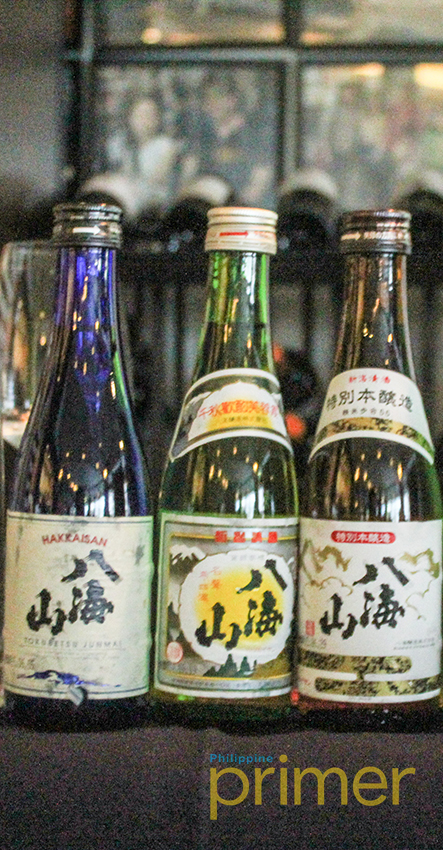
YOUR EVERYDAY SAKE. Tokubetsu Junmai, Futsushu, Honjozo are considered table sake, yet are still a cut above other brands.
Futsushu, Honjozo, and Tokubetsu Junmai are classic examples of table sake. These three are considered table sake, the kind of sake you can consume on a daily basis. Perfect for everyday food, these sakes can be served cold or warm, and is the kind of sake you can get from izakayas.
The Tokubetsu Junmai, in particular, is perfect for all kinds of food, and is their main export product. Honjozo, on the other hand, is their best seller, and is perfect for everyday Japanese cuisine like tempura.
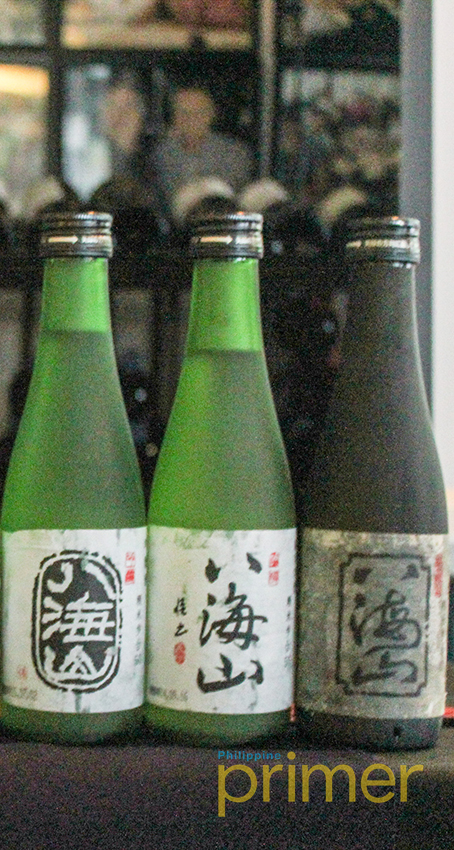
CREAM OF THE CROP. Ginjo, Junmai Ginjo, and Daiginjo are some of the best sake you’ll taste.
The Ginjo and Junmai Ginjo are special sakes that showcase the Niigata style of sake brewing. Using only the best sake rice, these sakes are best served chilled, and go really well with sushi and sashimi.
The Ginjo sake in particular is a favorite amongst the Japanese as its clean, crisp taste enhances delicious dishes
Looking for premium sake? Then go for the Hakkaisan Daiginjo. Select high quality sake rice is polished down to 40% and is brewed during mid-winter. Maximizing the Kurabito’s best skills and love puts this sake on par with high class wines. Daiginjo is best served cold, and is a staple drink for special occasions.
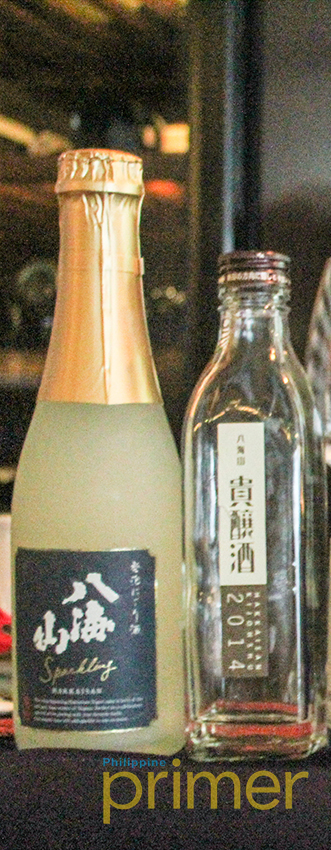
NOT YOUR REGULAR SAKE. Sparkling Nigori, similar to white wine, and Kijoshu: an aged sake.
Want something a bit different? Try their Sparkling Nigori sake. Unlike regular sake, this one is very refreshing and aromatic. It’s a bit cloudy and is sweeter than your usual sake, making it a perfect appetizer or dessert drink, as well as a match for rich-tasting or spicy food.
A special kind of sake was also served during the event: the Kijoshu sake. This sake is sweeter than their Sparkling Nigori, and is aged longer than normal. It’s best paired with dessert or a cheese plate. Sadly, this one won’t be seen on our shores… yet.
About Hakkaisan Brewery
Hakkaisan Brewery was founded in 1922 and is situated at the foot of Mt. Hakkai in Niigata prefecture. Their goal is to produce the finest sake that people will never tire of; sake that is made with the highest standards of production.
If you want to know more about Hakkaisan Sake and where to get it, you can visit www.hakkaisan.com, or get in touch with Philippine Wine Merchants at www.pwm.com.ph. You can also follow Hakkaisan Sake on Facebook (Hakkaisan Sake) or on Twitter (@HakkaisanSake) to get the latest updates.




